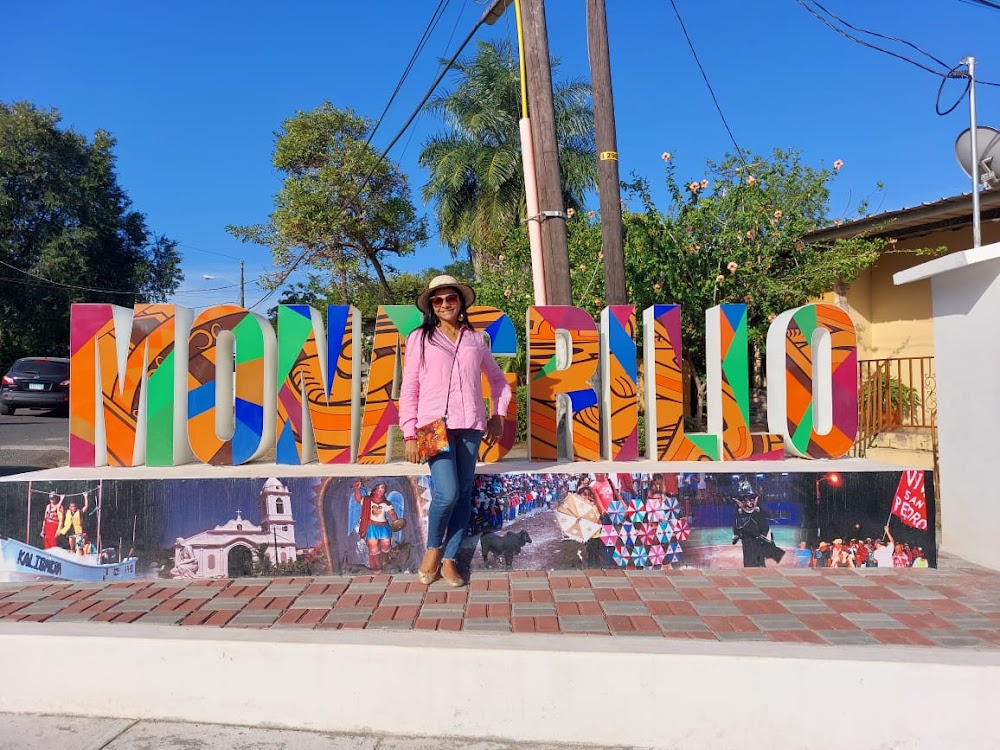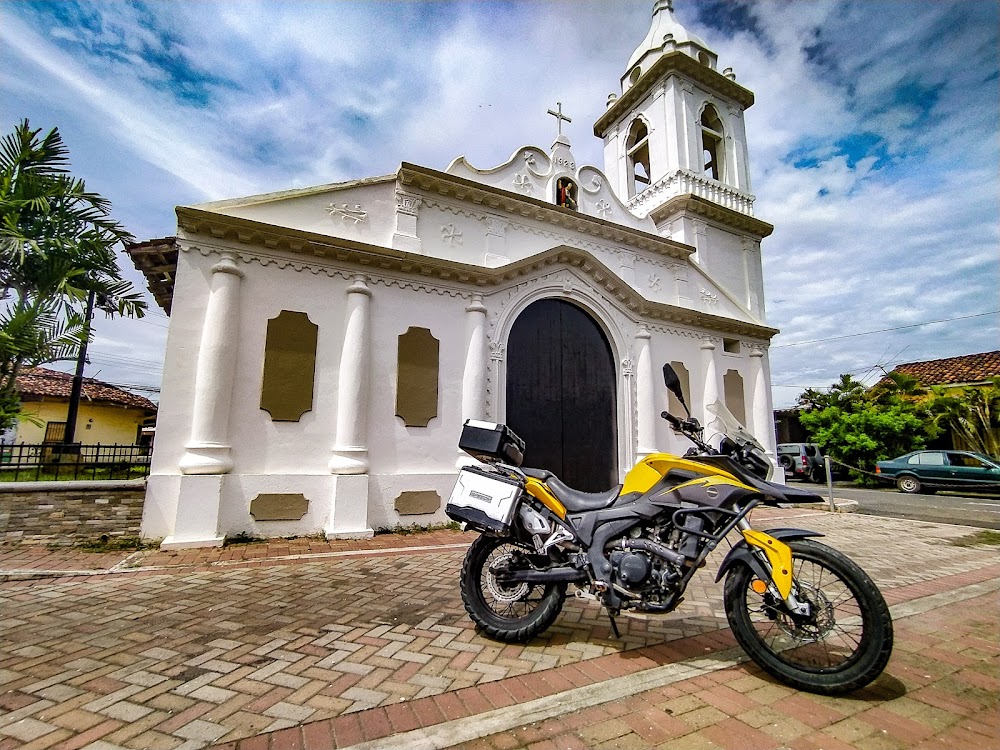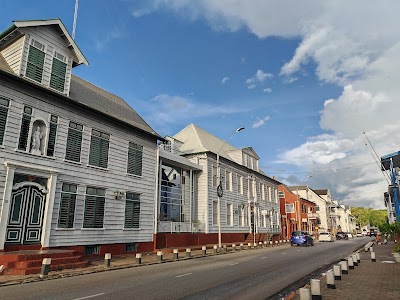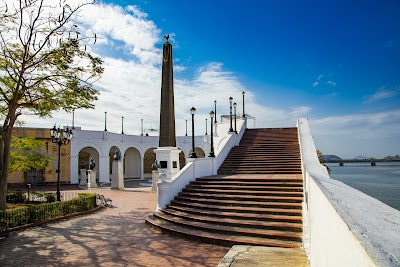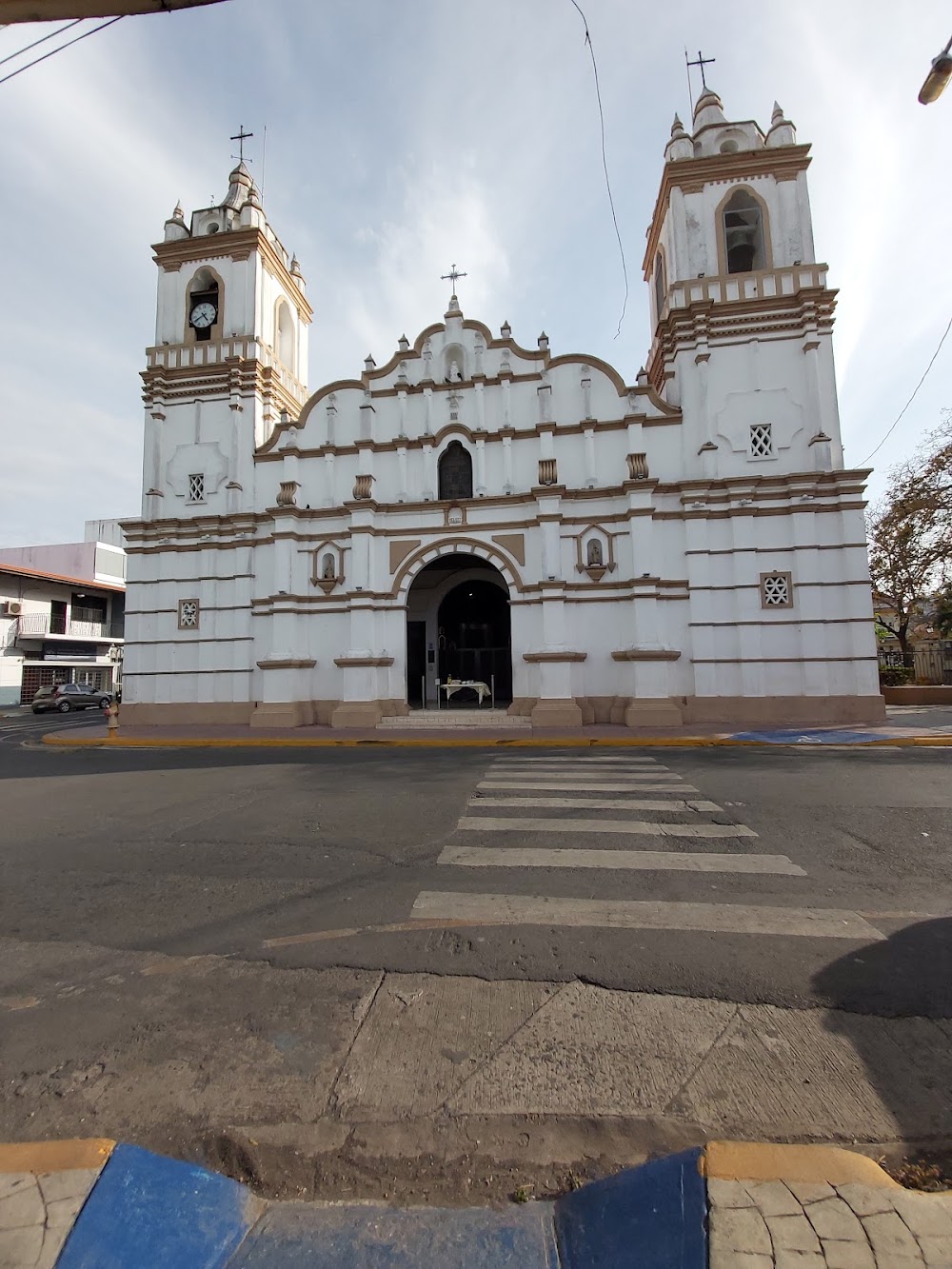Monagrillo (Monagrillo)
Overview
Monagrillo, nestled in the Herrera Province of Panama, is a treasure trove of ancient history, known for its remarkable archaeological site. This site reveals insights into the Monagrillo culture, which dates back to approximately 2500 BCE, making it one of the earliest civilizations on Panama's Azuero Peninsula. Visitors to Monagrillo can catch a fascinating glimpse into the lives and ingenuity of these ancient inhabitants who thrived thousands of years ago.
The discovery of the Monagrillo site in the mid-20th century marked a pivotal moment for archaeology in the region. As researchers began to unearth remnants of an ancient village, they uncovered a wealth of artifacts, including pottery shards, tools, and food remnants. These findings have been instrumental in piecing together the daily lives of the Monagrillo people. Notably, Monagrillo pottery is recognized as some of the oldest ceramics found in Central America, primarily used for cooking and storage. This suggests that the community enjoyed a relatively stable and settled lifestyle.
The artistry of Monagrillo pottery is particularly fascinating. Crafted from locally-sourced clay abundant in the area, the people developed a unique technique that involved mixing clay with sand or crushed shells to enhance durability. The artisans shaped the clay by hand into simple forms, such as bowls and jars, before firing them in open pits. This method allowed for gradual heating, resulting in well-hardened pottery. Although the decorations were minimal, some pieces featured basic incised patterns or splashes of red paint, reflecting the community’s creativity.
The geographical location of Monagrillo, situated along coastal plains, afforded its people easy access to both marine and terrestrial resources. They cultivated crops like maize, beans, and squash, which formed a substantial portion of their diet. Additionally, fishing in the nearby waters and gathering shellfish contributed to a diverse and balanced nutritional intake. The presence of food remnants, such as fish bones and maize kernels, at the excavation site provides deep insights into their eating habits and culinary practices.
Architecturally, the Monagrillo settlement featured simple, semi-permanent structures likely constructed from readily available materials like wood, reeds, and thatch. These buildings provided adequate shelter and facilitated the daily activities of the community. The layout of these structures suggests a notable degree of social organization and communal living, emphasizing the interconnectedness of the inhabitants.
The significance of the Monagrillo site extends far beyond its immediate findings. It serves as a crucial reference point for studying pre-Columbian cultures in Central America. By examining the artifacts and settlement patterns of Monagrillo, archaeologists can draw comparisons with neighboring cultures, uncovering migration, trade, and cultural exchange patterns that shaped the region.
Today, Monagrillo stands as a vital archaeological site, attracting researchers and history enthusiasts eager to delve into Panama's rich ancient past. It provides a tangible connection to the early inhabitants of the Azuero Peninsula and highlights the innovative spirit of these early settlers. Through their pottery, agricultural practices, and settlement structures, the Monagrillo people have left an enduring legacy that illuminates the complexity and richness of pre-Columbian life.


